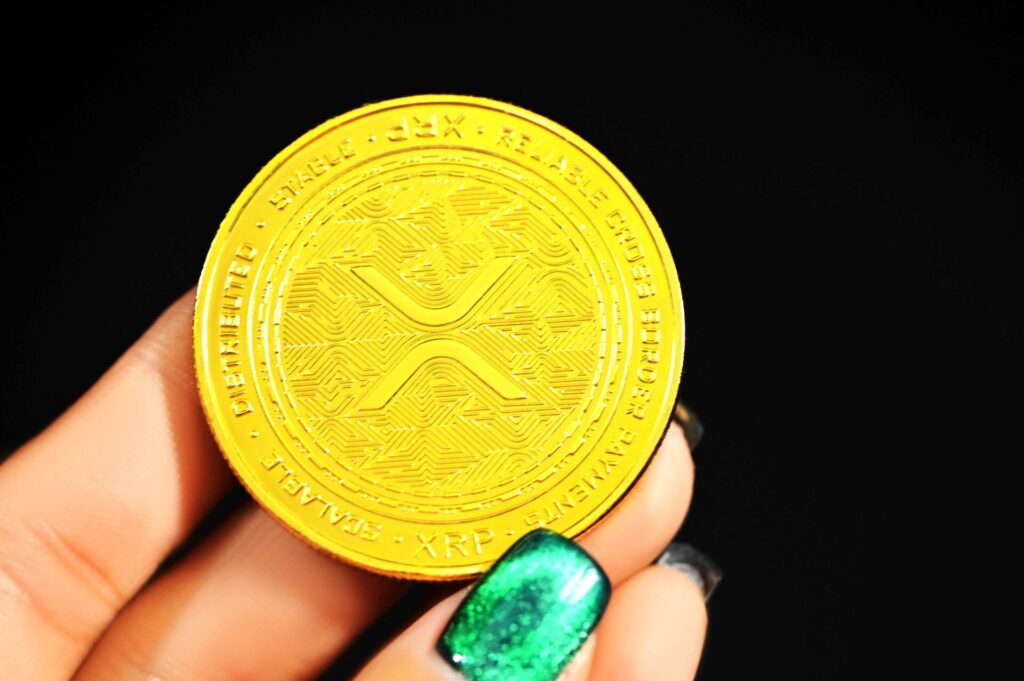
In the world of cryptocurrencies, every event can affect the value and popularity of a particular digital currency. Recently, XRP caught the attention of investors and market watchers, recording the largest token burn in two months. What does this mean for the future of this cryptocurrency?
XRP, also known as Ripple, is one of the leading cryptocurrencies on the market. Its latest achievement is a significant increase in token burning – a process that reduces the overall supply and can affect the value of the currency.
According to recent data, as many as 5,995 XRP tokens were burned in one day, representing a 176.5% increase compared to the previous day. This exceptional growth is seen as a signal of increased activity and interest in XRP.
What’s behind this phenomenon? Experts point to several potential causes. One of them is increased transactional activity on the XRP network. More transactions mean more fees, which are “burned” – permanently removed from circulation, reducing the available supply of tokens. This, in turn, can lead to an increase in their value.
Another factor could be growing market interest. Investors and cryptocurrency users often respond to positive news or technological development, leading to increased trading activity. The increase in XRP token burning could also reflect a rise in confidence in this currency as a sustainable digital asset.
Despite these positive signals, it’s important to remember the unpredictability of the cryptocurrency market. While the current token burning may indicate a strong position for XRP, investors should approach with caution, keeping in mind the volatility and risks associated with investing in cryptocurrencies.
In the context of these events, XRP becomes an object of special attention in the cryptocurrency community. Whether this increase in token burning is just a temporary phenomenon or signals a long-term trend of increasing XRP value remains an open question. One thing is certain – the cryptocurrency market never ceases to surprise, and XRP once again proves that it is one of its key players.
Photo by Kanchanara on Unsplash
